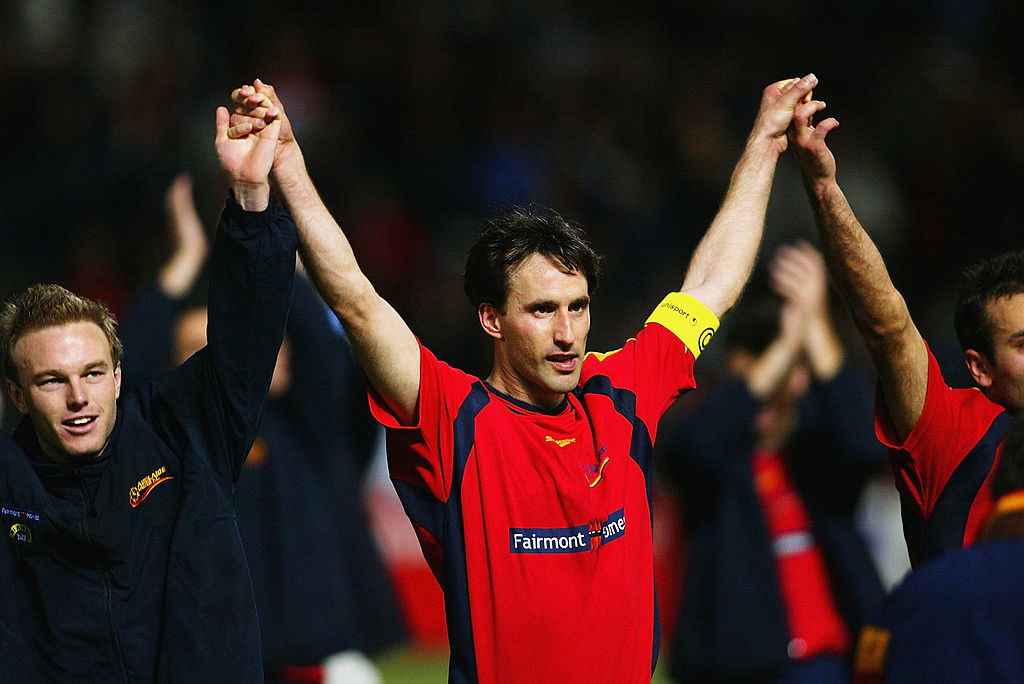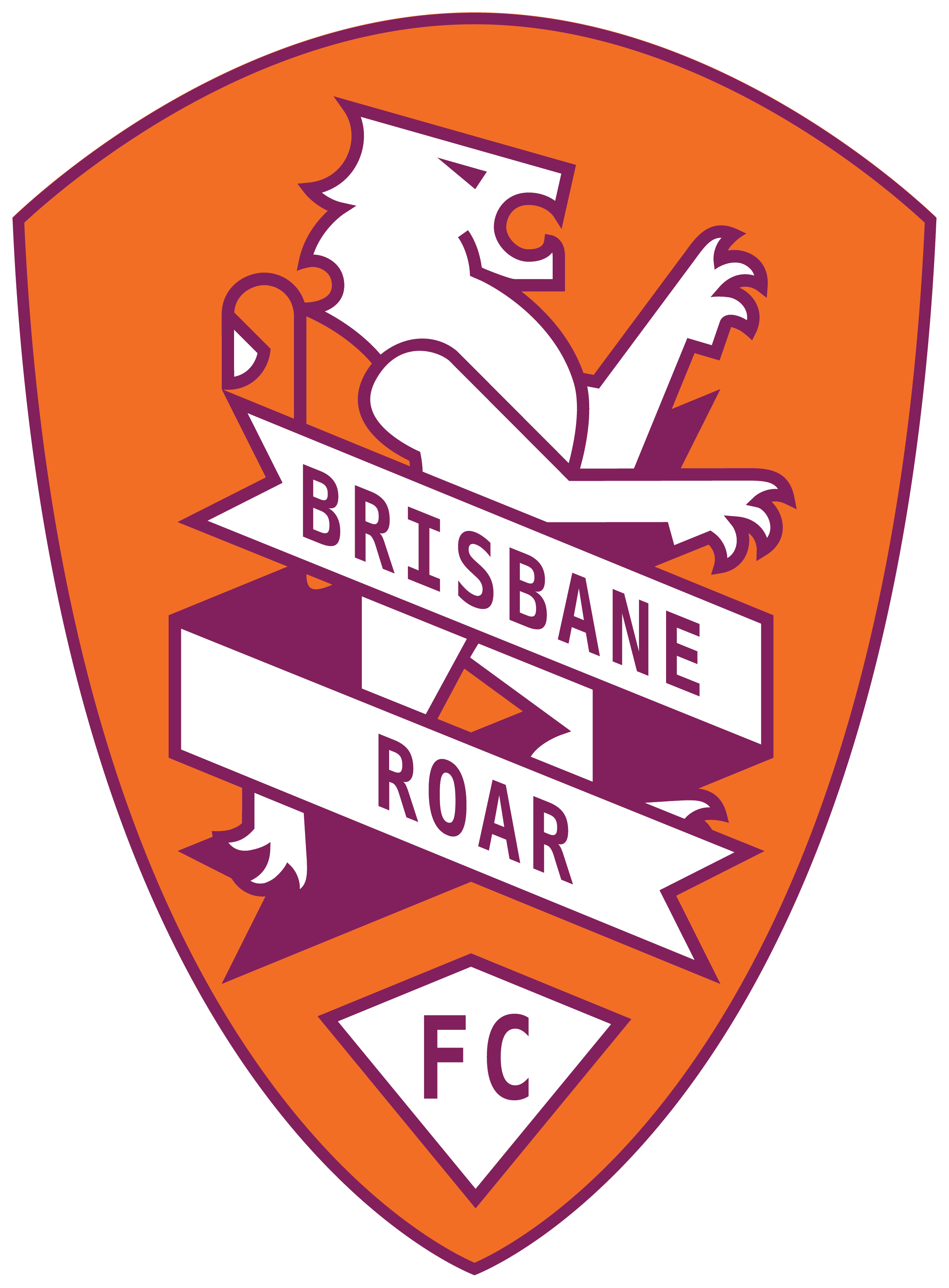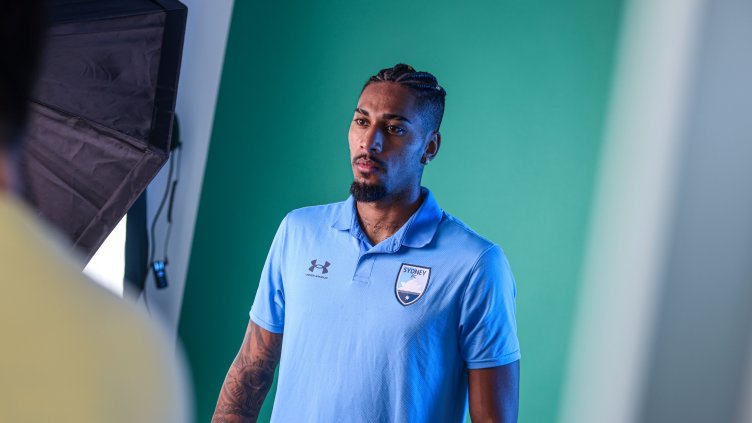Adelaide United were thrown together two decades ago, but their influence on the game continues, writes Tom Smithies
It took a couple of weeks to build a club, 90 minutes to win the first game, and 20 years of history to underline the extraordinary birth of Adelaide United.
Two decades ago today United were officially launched, thrown together to take part in the 2003-04 NSL season after Adelaide City had withdrawn weeks before the start of the campaign.
The foundations laid then, almost miraculously, were strong enough that United’s trophy cabinet since has at various times held the A-League championship trophy, the competition’s Premiers Plate and the Australia Cup.
A pipeline of proud South Australian talent has flowed since too, and Coopers Stadium has never looked more resplendent after its upgrade for the Women’s World Cup.
But even years later, those involved in the overnight assembly of a football club seem exhilarated by the memory of what was achieved to preserve professional football in Adelaide, especially when the scorer of the very first goal is now the club’s head coach.
Carl Veart had been one of the Adelaide City players left adrift by that club’s decision to walk away from the NSL, on the back of struggling finances and meagre crowds. “It was a difficult time with the old NSL coming towards the end and Adelaide City were finding it financially hard to support a team,” Veart recalled later for adelaideunited.com.au.
“They didn’t really get the backing of the football public in South Australia at that time and they sort of fell over just before the season started.”

Behind the scenes, though, things were moving quickly to establish a brand new club. In August, the South Australian Soccer Association held its first Hall of Fame dinner, to which John Kosmina was invited. Before dessert was served, SASF general secretary Tony Farrugia had floated the idea of Kosmina becoming United’s first head coach.
By the time the new club was launched on September 12 Kosmina had been appointed, moved to Adelaide to sleep on a friend’s couch and took training two days later. The problem was that the NSL season was due to start a week later.
“It was impossible, I thought, at that stage,” the club’s inaugural captain, Aurelio Vidmar, admitted later. Vidmar would go on to coach the club and guide them to the final of the Asian Champions League but at that point he was one of around 15 Adelaide City players who the SA federation were trying to build a club around.
“I was in quite a few of the meetings in the early part of the set up and I just thought it was definitely impossible,” he said.
“From memory I think it was five weeks it all happened, so it happened pretty quickly and I thought there was no chance.”

As key figures including former Soccer Australia chairman Basil Scarcella moved heaven and earth to establish the club, it was agreed their first few fixtures would be postponed. Kosmina quickly added extra players, including the prized repatriation of Socceroo Ross Aloisi from playing in Italy.
“I’d seen Ross play before he went to Europe, I knew what he was capable of as a footballer,” Kosmina recalled. “So with that kind of experience and you plug in some good younger players with some good local players around them – you’ve got yourself a good football team.”
***
Quite how good, no one could be sure. With so little time to promote the club, there were fears that the opening game – against Kosmina’s old team, Brisbane Strikers, on October 17 2003 – might be a damp squib. But when the players were told that kick off would have to be delayed because so many people were trying to get into what was then Hindmarsh Stadium, a sense of wonder took hold.
“Everybody was pulling in one direction and it galvanised the football community,” said Kosmina.
“Not just pockets of it. Not just the Greeks, or the Italians, or the Poles, or the Serbs, or the Croats, or anyone else. It brought the whole football community together.
“On that first night, October 17, it was unbelievable, the place was packed – they squeezed an extra two or three thousand people in. They were sitting in the aisles of the grandstand on the far side – there were no seats. And they turned probably another two or three thousand away. It was phenomenal.”
It didn’t end there, either – Veart’s goal won the game and Adelaide would go on to finish third on the table and reach the Preliminary Final, losing only to eventual champions Perth Glory.

20 years on from the club’s launch, the ripples still exude – United were one of only two NSL teams admitted to the A-League when it began two years later, while Veart is now head coach and Ross Aloisi is preparing for the new season as head coach of Brisbane Roar.
Striker Shane Smeltz would go on to become one of the A-League’s leading goalscorers while centre-back Michael Valkanis is now head coach at Israeli side Hapoel Tel Aviv.
Aurelio Vidmar has since coached the Olyroos and in Thailand, but remembers the birth of United sharply after Adelaide City’s withdrawal.
“At that stage we just wanted to play,” he said. “And to have that opportunity to play again was fantastic… the way it turned out was beyond our wildest dreams.”



